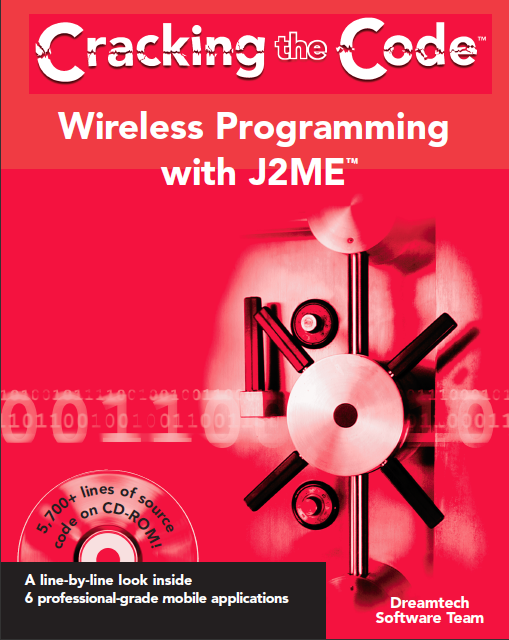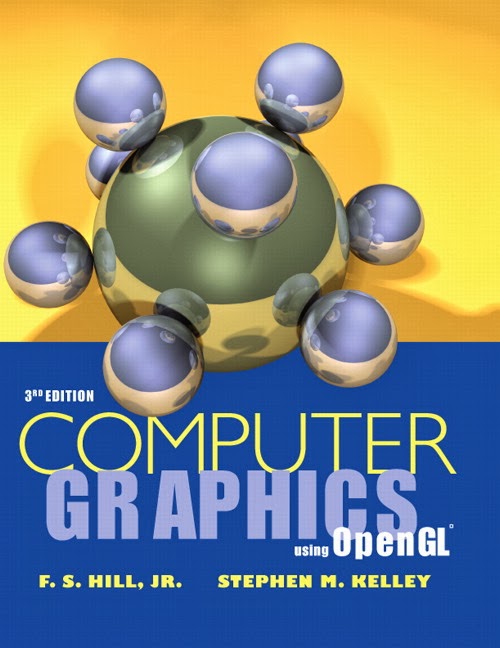Wireless devices are new entrants in the information
technology arena. As wireless devices are compact and easy to handle, the focus
of information technology is rapidly shifted from PCs to PDAs, cellular phones
and pagers. The market for these have undergone a tremendous growth over the
past few years. The devices are becoming increasingly sophisticated in response
to the demand for them to access the Net as well as computing devices.
Moreover, these devices are paving the way for new business strategies.
Sun Microsystems fulfilled the aspirations of the java
community by launching J2ME, which gave java an edge over other programming
tools in its performance on wireless devices. It was first introduce at the
Java One Conference in 1999. The J2ME has two “design centers”. Thus, this
platform has two configurations and these are CLDC (Connected Limited Device
Configuration) and CDC (Connected Device Configuration).
With an approach that is based on Configurations and
Profiles, J2ME offers flexibility to developers, which is of great significance
to for extremely diverse handheld and wireless devices. This approach makes it
possible to provide as much functionality as the device has the potential to
support. Added to this are the usual benefits of Java, such as portability
across platforms, security and the object-oriented character. This is why Java
is predicted to be the most preferred language for most computing devices.
It may well be said that J2ME is still in the early stages of
development. Two configurations have been available, but only a few of the
proposed profiles are available as of now. This situation is bound to change as
soon as the Micro Edition platform becomes more mature which definitely will
happen in near future.
Beside this small introduction about Java and J2ME, this book
contains some stunning topics depicting the java programming for wireless
devices. I found this book a complete package for newbies as well as
professionals. I hope you will also learn and enhance you knowledge.

















